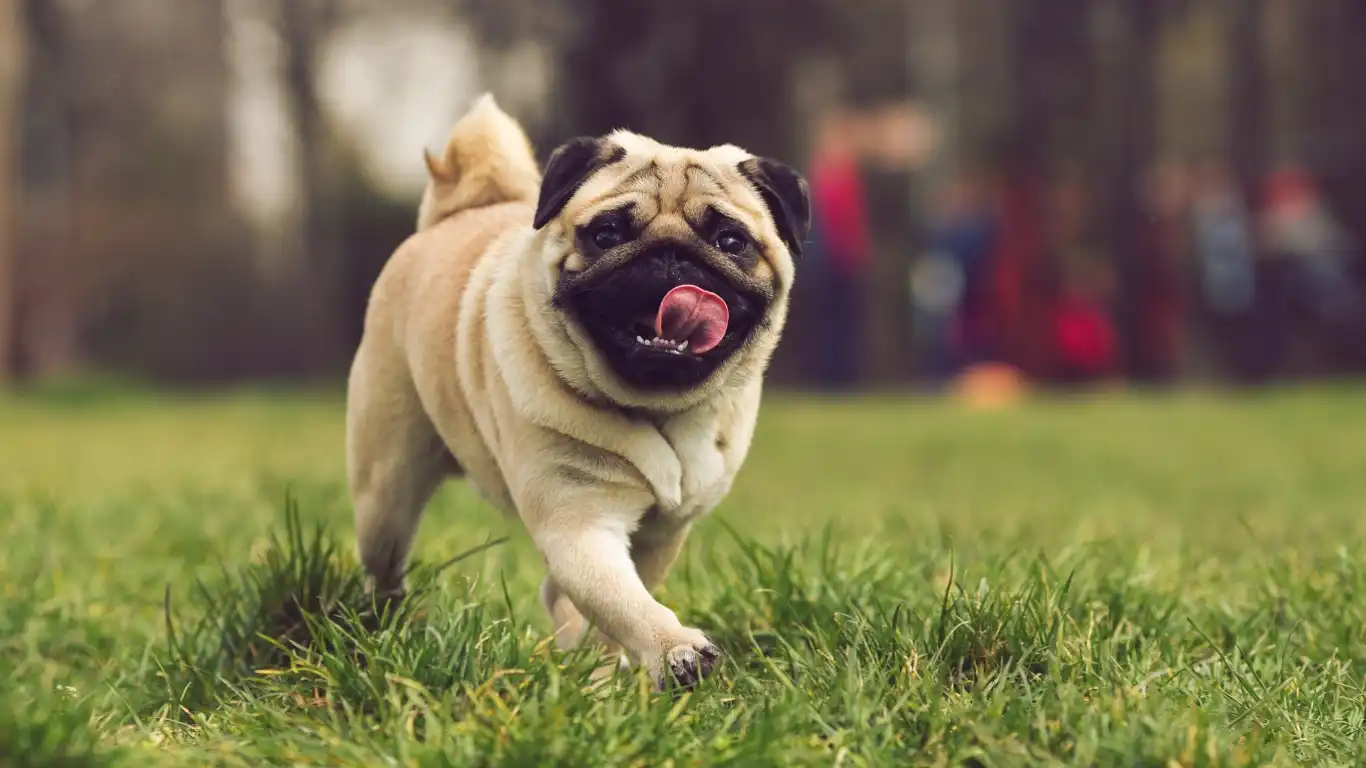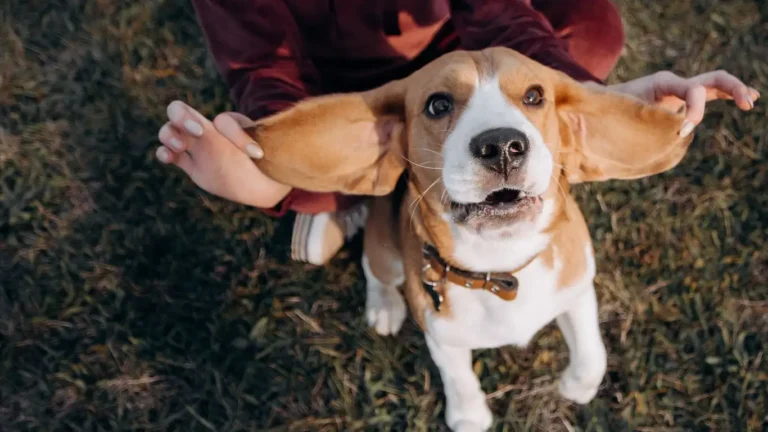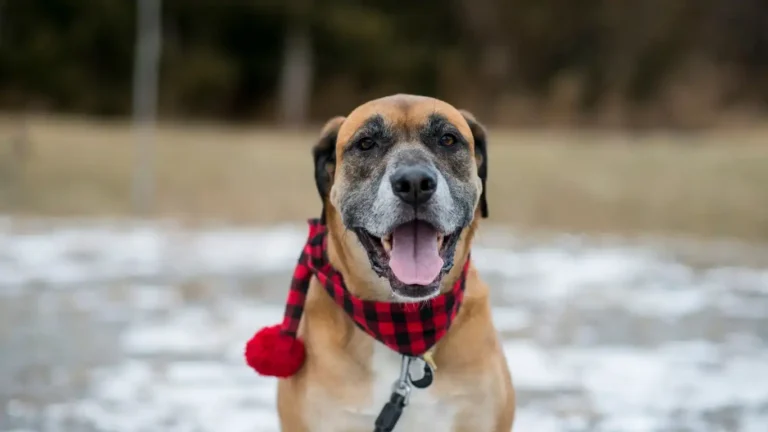How to Prevent Frostbite in Dogs During Winter Walks – Protect Your Pup Now
Winter can be a magical time for dog owners—crunching through the snow, cozy nights by the fire, and the joy of a crisp walk in the cold air. But for our furry companions, the chilly season brings its own set of challenges, especially when it comes to keeping them safe during winter walks. One of the most common winter hazards for dogs is frostbite. If you’re wondering how to prevent frostbite in dogs during winter walks, you’re not alone. It’s something I’ve learned a lot about throughout my years as a Veterinary Technician specializing in nutrition. Over time, I’ve developed a keen sense of how crucial it is to understand the signs, symptoms, and preventive measures to keep our dogs warm and safe.
Understanding Frostbite in Dogs

Frostbite in dogs is more common than most people realize, and it can be downright dangerous if not caught early. Essentially, frostbite occurs when a dog’s skin and tissues freeze due to prolonged exposure to extreme cold. It’s most likely to affect the tips of their ears, paws, and tail—areas that are farthest from the body’s core and have less blood flow. If not treated promptly, frostbite can lead to permanent damage or even tissue loss.
As someone who’s worked closely with animals, I’ve seen how vulnerable certain breeds are, especially those with short coats or less fat insulation. Smaller dogs and older dogs, in particular, are at higher risk because they have less body mass to protect them from the cold. But, that doesn’t mean larger or thicker-coated dogs are immune. Even they can suffer frostbite if they’re out in freezing temperatures for extended periods.
Why Frostbite Happens and What Makes Dogs Vulnerable
The cold causes blood vessels to constrict, which limits blood flow to the extremities. In these colder months, the body’s priority is to protect vital organs like the heart and lungs, so blood is redirected to those areas, leaving the ears, paws, and tail more susceptible to freezing. For dogs, this can quickly result in frostbite, and it often happens without the dog even realizing it’s happening.
If you’ve ever seen a dog hesitating during a walk in the winter, it’s not just because they’re cold—often, it’s a sign they’re uncomfortable and feeling the chill. Dogs can’t tell us what’s going on, so it’s up to us to be their voice and advocate for their safety. Knowing the signs and how to prevent frostbite can save you and your dog from a lot of heartache.
Signs of Frostbite in Dogs: What to Look For

Just like with humans, frostbite in dogs isn’t always immediately visible. It can take a little time for the full effects to show up. That’s why it’s crucial to keep an eye on your dog’s behavior during and after winter walks. Here are a few signs of frostbite you should look out for:
- Cold, pale, or blue-tinged skin on their paws, ears, or tail.
- Swelling in areas like the feet or ears.
- Shivering or trembling, which might indicate that they’re trying to warm up.
- Signs of pain when you touch their paws or ears, such as whining or pulling away.
- Dry or cracked skin on the affected areas, often combined with a rough texture.
If you notice any of these signs, it’s important to get your dog out of the cold immediately. The longer frostbite goes untreated, the more severe the damage can become. In extreme cases, it can lead to tissue death, which may require surgical removal of the affected area.
How to Prevent Frostbite in Dogs During Winter Walks

Preventing frostbite in your dog is all about taking the right precautions before heading outside. Here are some tried-and-tested tips that can help ensure your dog stays safe and warm during winter walks:
1. Dress Your Dog in Winter Gear
Just like us, our dogs need extra warmth in the winter. Investing in a high-quality dog coat can make a huge difference, especially for dogs with short fur or those who struggle with cold temperatures. Look for a coat that covers their neck, chest, and belly to help them retain body heat. For breeds that are particularly sensitive to the cold, booties can also be a game-changer. These protect your dog’s paws from the cold ground and help prevent ice, snow, or salt from sticking to their feet.
2. Limit the Duration of Winter Walks
If you’ve got a dog who loves to play in the snow, it can be tempting to go on long, adventurous walks, but the key is moderation. Keep winter walks short and sweet. The less time your dog spends out in the cold, the less chance there is for frostbite to set in. Try to keep walks to no more than 20-30 minutes if the temperature is below freezing, and always keep a close eye on your dog for signs that they’re getting too cold.
3. Avoid Walking in Extreme Cold
Another way to prevent frostbite in dogs during winter walks is by timing your outings wisely. On extremely cold days, it’s best to avoid walking altogether or opt for shorter trips during the warmest part of the day—usually around midday. Keep an eye on local weather reports and remember that wind chill can make the temperature feel much colder than it actually is.
4. Check Paws Frequently
Your dog’s paws are one of the most vulnerable parts of their body when it comes to frostbite. Snow, ice, and salt can cause irritation, cracks, and frostbite. After each walk, check their paws carefully for any signs of frostbite, as well as for any snow or ice that might be stuck between their toes. Gently wipe their paws down with a warm cloth to remove any ice or salt residue, as these can cause damage over time.
What to Do if You Suspect Frostbite in Your Dog
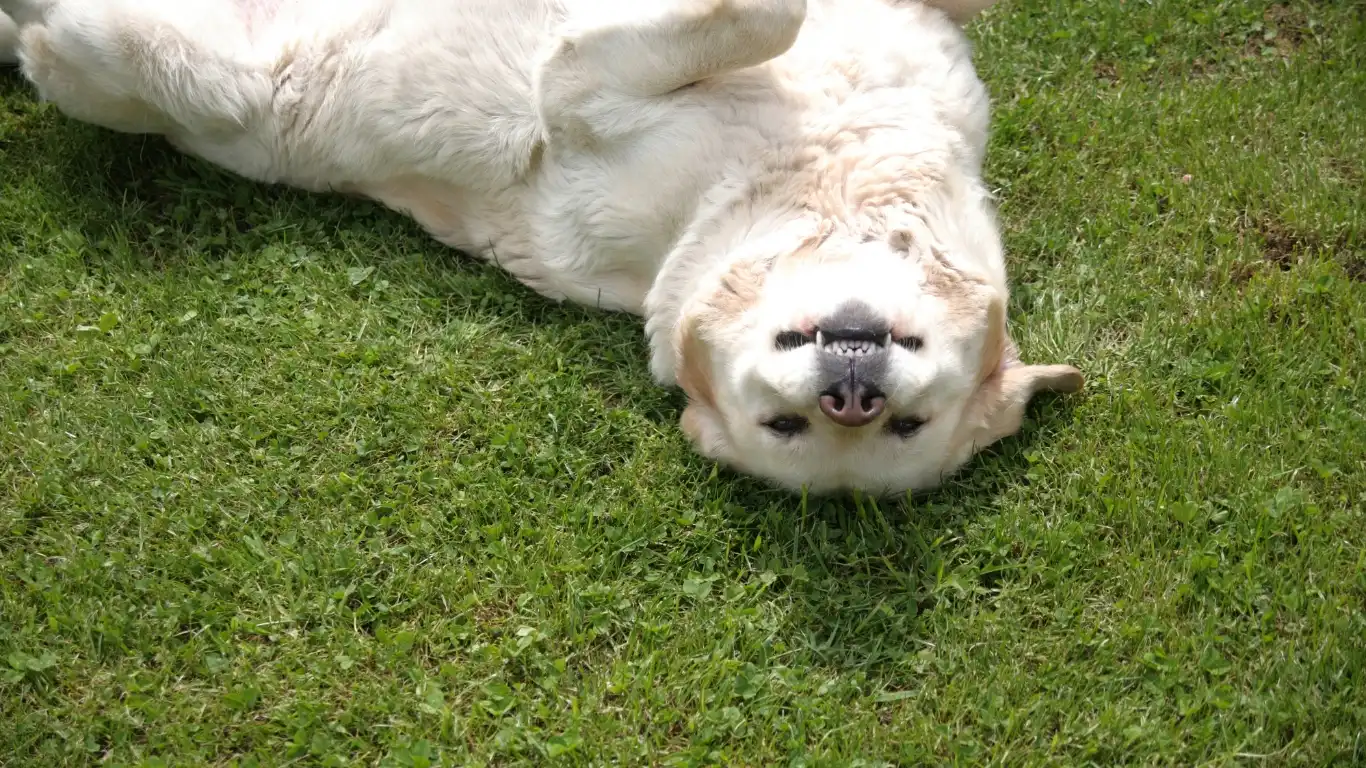
If you’ve been out in the cold for a while and notice that your dog is showing signs of frostbite, don’t panic. There are a few simple steps you can take right away to help them. As a veterinary technician, I’ve seen many cases of frostbite over the years, and I can tell you that quick action can make all the difference. Here’s what you should do if you suspect frostbite:
1. Get Your Dog Warm, Not Hot
It’s tempting to throw your dog in a warm bath or rush them to a heater, but sudden extreme temperature changes can actually make the damage worse. Instead, gently warm them up using body heat. Wrap your dog in a warm blanket or coat and use your hands to gently rub their affected areas, like their paws or ears. The goal is to gradually raise their temperature, not shock their system with extreme heat.
In my experience, many pet owners mistakenly think that using a heater or a hot water bottle will help, but these methods can be too intense. Slow, steady warmth is always best, so avoid anything that could burn or cause further damage.
2. Don’t Try to Rewarm Frozen Skin with Direct Heat
One of the biggest mistakes I see is people trying to rewarm frozen tissue with hot water, a heating pad, or even a hair dryer. This can cause burns and even more damage to the already compromised tissue. Always go with gradual rewarming techniques, like using blankets or your body heat. If the frostbite seems severe, seek immediate veterinary care.
3. Visit Your Veterinarian
If you suspect your dog has frostbite, even if the symptoms seem mild, it’s always a good idea to consult your vet. In some cases, frostbite can cause internal damage that’s not immediately visible. A vet can provide proper treatment, like administering pain relief, monitoring the area for complications, and providing specific aftercare instructions.
I’ve treated many dogs who came in with mild frostbite that, at first glance, looked like nothing more than a little redness or swelling. But those seemingly minor signs can develop into much more serious problems if not addressed promptly. A vet will be able to tell you how severe the frostbite is and what steps to take to prevent it from worsening.
Preventive Care Beyond Winter Walks
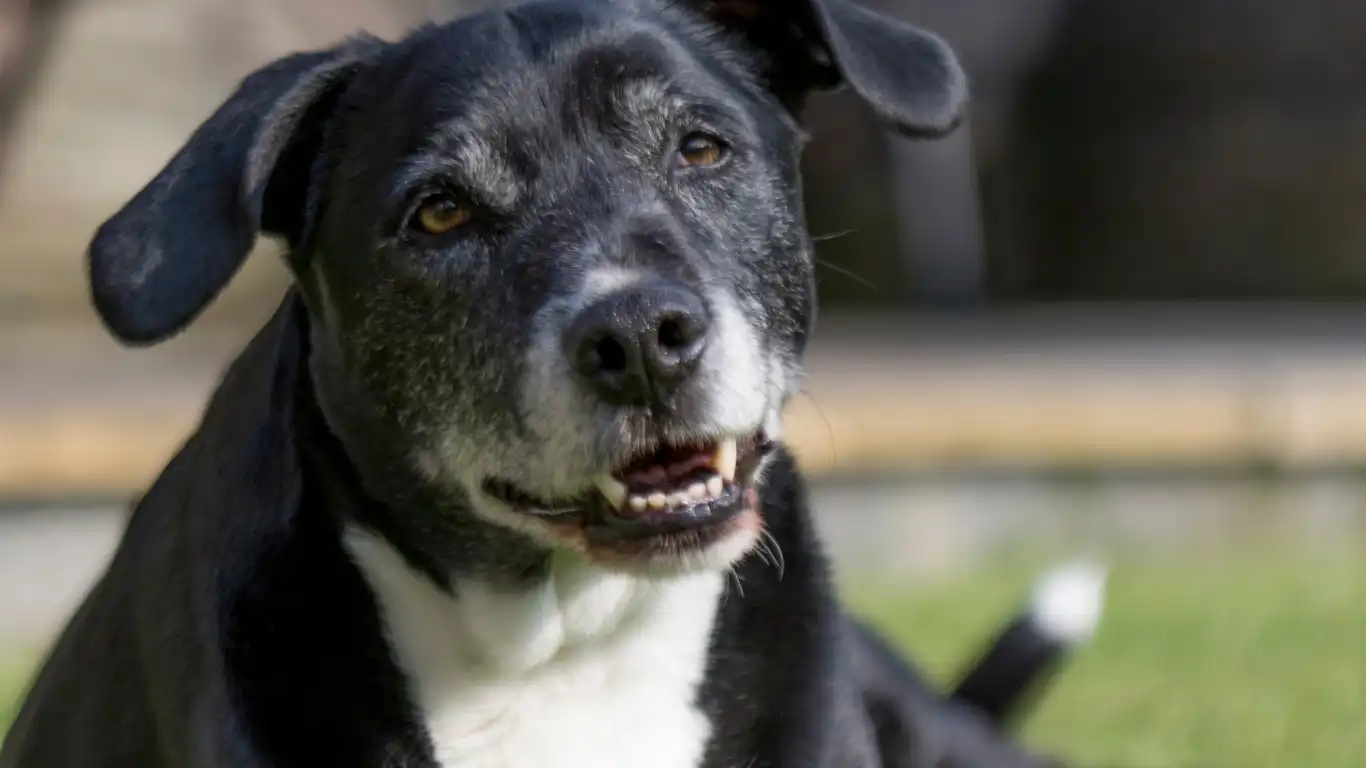
While proper preparation before and during winter walks is critical, there’s more you can do year-round to help your dog stay healthy and protected in the cold months. Here are a few preventive measures that go beyond the walk itself, things I’ve learned over the years that can make a big difference for your dog’s overall well-being in winter:
1. Keep Your Dog’s Coat Well-Groomed
Did you know that your dog’s coat plays a massive role in keeping them warm during the colder months? A well-groomed coat provides insulation and helps to trap body heat, while a tangled or matted coat can reduce its effectiveness. I always advise dog owners to make sure their pet’s coat is brushed regularly, especially if they have long hair that can become matted easily. This is particularly important for breeds with dense coats, like Huskies or Golden Retrievers, as mats can trap moisture and lead to cold, wet fur—great for frostbite to set in.
Also, don’t forget that some dogs, especially smaller or older ones, might need extra insulation. Think about getting a high-quality winter jacket or vest. This can make a huge difference for their comfort and warmth during your walks.
2. Hydration is Key
Even though it’s winter, your dog still needs to stay hydrated. Dehydration can impair their ability to regulate body temperature, leaving them more vulnerable to frostbite. One thing I’ve noticed during the winter months is that people often forget to keep fresh water available for their dogs because they think they don’t need it as much. But believe me, it’s just as important in the winter as in the summer. Cold air can dry out their skin and make them more susceptible to frostbite, so keep a bowl of water handy at all times, whether you’re inside or outside.
3. Check for De-icing Chemicals and Salt
If you live in an area where roads, sidewalks, or driveways are salted to prevent ice buildup, be sure to wash your dog’s paws after each walk. Many de-icing chemicals, including salt, can be harmful if ingested, and they can also cause cracks in your dog’s paws, making them more vulnerable to frostbite and irritation. Wipe their paws off after each outdoor trip to remove any leftover chemicals, and consider using dog-specific paw wax to provide an extra layer of protection.
4. Offer Comfort and Warmth Indoors
Don’t forget that your dog’s comfort and warmth inside the house are just as important as during walks. Make sure they have a cozy place to rest after being out in the cold. A warm bed, blankets, or even a heated pet mat can make a world of difference. Just like us, dogs want to curl up and get cozy after a chilly walk, so provide them with a spot that helps them stay warm and comfortable.
Common Winter Hazards to Watch Out For
Aside from frostbite, there are a few other winter-specific dangers that dog owners need to be aware of. While these are not always directly related to frostbite, they can contribute to a dog’s overall discomfort and health during the winter months.
1. Hypothermia
Hypothermia happens when a dog’s body temperature drops too low for too long. While frostbite affects specific areas of the body, hypothermia can affect the entire dog. If you notice your dog shivering, acting lethargic, or having trouble walking, it could be a sign of hypothermia. If left untreated, hypothermia can be life-threatening, so it’s important to take immediate action to warm your dog up.
2. Ice and Snow Injuries
Winter walks can also bring the risk of slipping on icy surfaces, which can lead to sprains, fractures, or joint injuries. Be mindful of your dog’s footing when walking on slick sidewalks or trails. If your dog is older or has arthritis, consider avoiding icy areas to prevent accidents. Special boots for dogs can also help improve traction and provide protection from sharp ice crystals or hidden debris.
Additional Tips for Keeping Your Dog Safe in Winter

Beyond what we’ve discussed so far, there are still a few extra tips to keep in mind when caring for your dog during the winter months. The goal is to ensure that they not only stay safe but also feel comfortable and happy during the colder seasons. After all, winter should be fun for both you and your dog, not stressful or dangerous!
1. Keep Your Dog’s Diet in Mind
As a veterinary technician specializing in nutrition, one of the things I always emphasize is the importance of adjusting your dog’s diet in response to the changing seasons. During the winter months, your dog may need extra calories to help maintain their energy and body heat, especially if they’re very active or have a thin coat. The cold can cause their metabolism to speed up, meaning they burn more energy just to stay warm.
It’s important not to overfeed them, but be mindful of providing the right balance of protein, fat, and carbohydrates to ensure they’re getting enough fuel. A higher-fat diet may be beneficial for certain breeds, especially those that spend more time outside in cold weather. I’ve seen many dogs thrive during winter when their nutrition is carefully adjusted. Speak to your vet about the best food options to keep your dog in top condition.
2. Keep Your Dog’s Paws Clean and Dry
While I touched on this earlier, it’s worth repeating: your dog’s paws are one of the most vulnerable parts of their body in winter. Not only are they exposed to cold temperatures, but they also come into contact with ice, snow, road salt, and de-icing chemicals. All of these can cause irritation, cracking, or even frostbite.
After every walk, make it a habit to clean and dry your dog’s paws thoroughly. Use a warm, damp cloth to wipe off any salt or ice, and make sure to check between their toes for ice balls or small debris. I can’t tell you how many dogs I’ve seen come into the clinic with painful, cracked paws simply because they weren’t wiped down after their walk. If you’re dealing with snow buildup on your dog’s paws, a good pair of boots can also make a world of difference. Trust me, they’re not just for the fashion-forward pups!
3. Keep Them Active Indoors
If the weather outside is particularly harsh, it’s a good idea to switch up your dog’s routine with indoor activities. A lot of people think their dog’s exercise is limited to outdoor walks, but that’s far from true! On days when it’s just too cold or snowy to venture outside, try playing some indoor games. Tug-of-war, fetch in a hallway, or even puzzle toys to stimulate their mind can help keep them active and engaged.
In my experience, some dogs get stir-crazy when they don’t get enough physical or mental stimulation, which can lead to undesirable behaviors. So when it’s too cold to walk outside, get creative with their indoor workout. It doesn’t have to be anything fancy—just anything to keep them moving and burn off some energy!
When to Seek Professional Help: Vet Care in Winter

Even with all the precautions in place, sometimes accidents happen. If you’re ever in doubt or suspect that your dog has been seriously affected by the cold, it’s always a good idea to consult your vet. As a veterinary technician, I’ve seen a range of cold-related injuries, and I can tell you that getting prompt care can be the difference between a quick recovery and more severe issues.
1. When Frostbite Is Severe
If frostbite is left untreated or if it’s particularly severe, you may notice that the affected area turns black or begins to necrotize (die). In these cases, your vet might recommend medical intervention, which could include antibiotics, pain management, or even surgery to remove the affected tissue. Severe frostbite can cause long-term damage, so early detection and treatment are key to preventing lasting harm.
2. Signs of Hypothermia
In extreme cases, a dog can experience hypothermia, which is a dangerously low body temperature. If your dog starts to shiver uncontrollably, seems disoriented, weak, or collapses, these are signs of hypothermia, and you need to get your dog to a vet immediately. Hypothermia is a medical emergency, and your dog may require IV fluids, warming treatments, or other advanced care to stabilize their condition.
Even mild cases of hypothermia can lead to complications like organ failure if not addressed quickly. If you’re concerned about your dog’s condition, don’t hesitate to get them checked out by a professional.
References
For more information on how to protect your dog in the winter, check out some trusted resources:
- American Kennel Club – Winter Care Tips
- PetMD – Winter Safety for Dogs
- National Institutes of Health (NIH) – Cold Weather Safety
- Health.com – Winter Health Tips for Pets
Disclaimer
The information in this article is intended for informational purposes only and should not be used as a substitute for professional veterinary care. If your dog is experiencing any signs of frostbite, hypothermia, or other health issues, please consult your veterinarian immediately. Every dog is different, and your veterinarian is the best person to advise you on the specific needs and care for your pet during the winter months.
